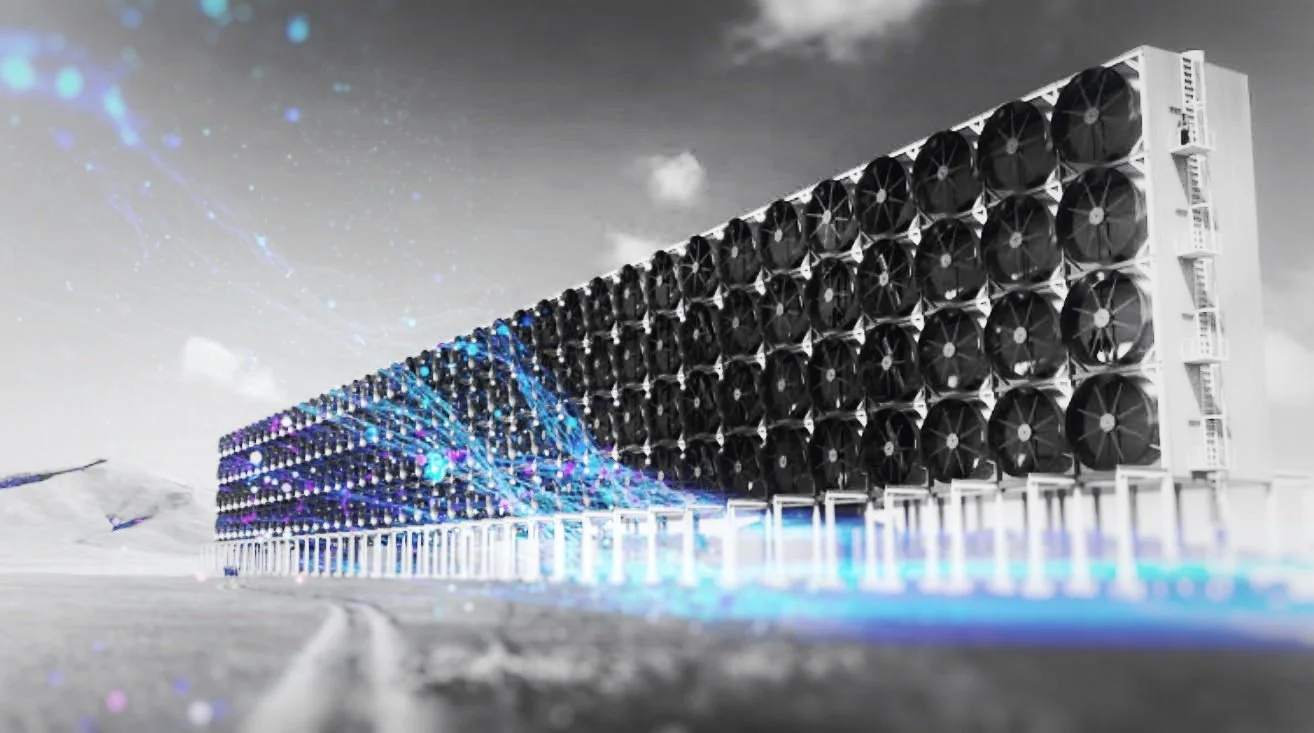AI in Carbon Capture and Sequestration
At Xyonix, we build custom AI and machine learning models to improve CCS systems to more effectively mitigate climate change.
It can be time consuming and budget breaking to develop a carbon capture system. Finding the right absorbent alone can seem like a daunting task. Not to mention the high energy required for one system alone. At Xyonix, we can help reduce your overall energy needed while optimizing your carbon capture levels. We are experts in creating AI models to derive insights from your data. Whether you are trying to reduce amine degradation in thermal processes or working to develop carbon capturing systems compatible with transport, AI can give you cost-effective results fast.
AI To Assist Carbon Tracking
Image processing algorithms are used to detect carbon output for factories and power plants. AI uses satellite data to monitor and track these emissions globally.
AI To Assist Carbon Separation
Using AI and NLP technology to predict suitable molecules and materials to separate carbon from other molecules.
AI To Predict Emissions
AI can be used to predict future emissions of a company or region. Using this forecasting feature can help government policymakers plan emissions output targets to reduce future output.
The solution is simple. At Xyonix, we take your problem, analyze your data, and train your machine learning systems to generate insights and make predictions. After this initial step, your systems will automatically analyze data and generate insights.
Interested in using AI for carbon sequestration? Contact us and let’s dig in together.
Want to dig deeper? Listen to our podcast episode on using machine learning to monitor carbon stocks with Kelsey Josund from Pachama or read one of our articles detailing applications of AI to environmental problems.
references
Andrea.d.steffen. “Scientists Have Now Produced Graphene from Carbon Dioxide.” Intelligent Living, 7 Sept. 2019, www.intelligentliving.co/graphene-from-carbon-dioxide/.
“Carbon Capture Quotes: Top 9 Quotes about Carbon Capture from Famous Authors.” More Famous Quotes, www.morefamousquotes.com/topics/carbon-capture-quotes/.
“Direct Air Capture of CO2: A Climate Solution with Limitations - TexasVox: The Voice of Public Citizen in Texas.” TexasVox, 13 Dec. 2018, www.texasvox.org/direct-air-capture-co2-climate-solution-limitations/.
“DOE Announces $12 Million for Direct Air Capture Technology.” Energy.gov, www.energy.gov/articles/doe-announces-12-million-direct-air-capture-technology.
Lebling, Katie, et al. “Direct Air Capture: Resource Considerations and Costs for Carbon Removal.” World Resources Institute, 6 Jan. 2021, www.wri.org/insights/direct-air-capture-resource-considerations-and-costs-carbon-removal.
Degot, Charlotte, et al. “Reduce Carbon and Costs with the Power of AI.” BCG Global, BCG Global, 21 Sept. 2021, https://www.bcg.com/publications/2021/ai-to-reduce-carbon-emissions.
Stone, Benjamin D. “Artificial Intelligence and Satellite Technology to Enhance Carbon Tracking Measures.” Lexology, Mintz, 29 July 2020, https://www.lexology.com/library/detail.aspx?g=36e9fdeb-00aa-4948-8bb0-a8967d9ec5b3.
Taylor-Smith, Kerry. “The Future of Carbon Capture and the Fight against Climate Change.” AZoCleantech.com, 14 Oct. 2020, https://www.azocleantech.com/article.aspx?ArticleID=1151.
Rahimi, Mohammad, et al. “Toward Smart Carbon Capture with Machine Learning.” Cell Reports Physical Science, Cell Press, 9 Apr. 2021, www.sciencedirect.com/science/article/pii/S2666386421000862.
Rinkesh. “Carbon Sequestration: How It Works, Types and Examples.” Conserve Energy Future, 17 Oct. 2020, www.conserve-energy-future.com/carbon-sequestration.php.
“The Story behind Carbon Engineering.” Carbon Engineering, 16 July 2021, carbonengineering.com/our-story/.
“Technological Carbon Sequestration.” Science and Climate, 13 May 2020, climatechange.ucdavis.edu/science/carbon-sequestration/technological/.




